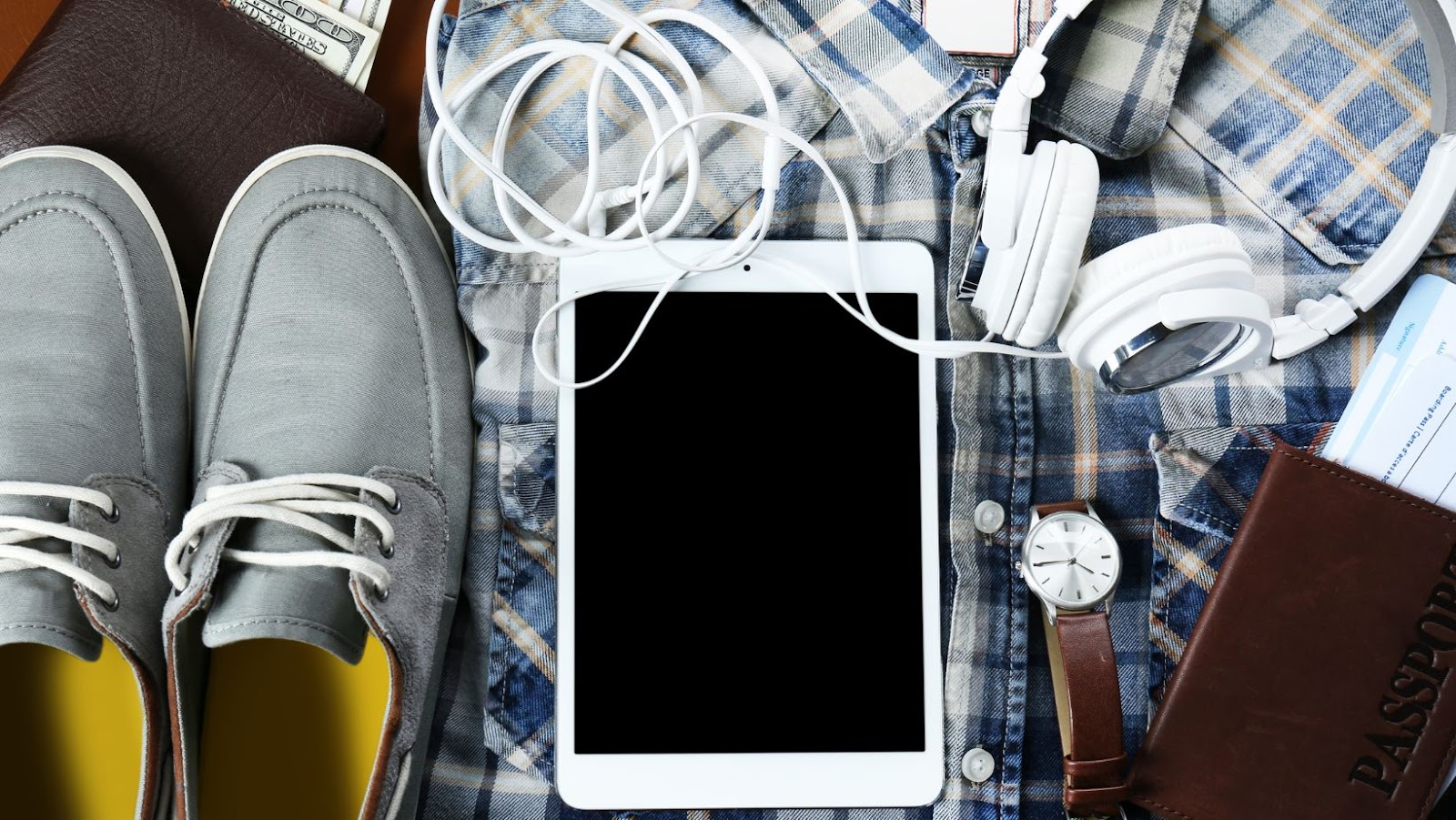Slim-lined packing maneuvers work wonders for European explorations. An optimized luggage, carrying only the essentials, eases the hurdles of navigating through crowded airports, speeding across subway platforms or weaving through narrow city lanes. For instance, packing apparel items that are versatile such as neutral-toned clothes or those appropriate for mix-and-match can decrease the amount of luggage significantly.
Packing decisions pivot around certain pivotal conditions. A few of these include, but aren’t confined to, trip length, weather forecasts, planned activities, and the cultural norms of the destination. A numbers-driven case states longer trips may require more clothes, but that’s only if reusable items aren’t the focus. For imminent weather conditions, smart packing instigates the inclusion of clothing layers to meet fluctuating temperatures. It’s also important to pack clothing suitable for activities–bring a swimsuit for beach visits, comfortable walking shoes for city tours. Lastly, understanding and respecting the local culture can inform one’s clothing choices; some places may have dress codes at religious sites or restaurants.
 Best Luggage and Bags for Europe
Best Luggage and Bags for Europe
Choosing suitable luggage size forms the groundwork for efficient packing. The choice often hinges on trip’s duration, activities planned, and forms of travel. In most cases, a luggage size offering mobility, security, and convenient compartmentalization serves the best. For instance, a 22-inch carry-on suitcase or backpack often suffices for a week-long trip, allowing for easy movement, especially when navigating busy airports or cobblestone streets.
As it comes to the tug of war between suitcases and backpacks for European travel, both settle in with pros and cons. Suitcases are often preferable for longer stays or luxury travel. They offer better organization, protection, and easy access to items without unpacking everything. Conversely, backpacks shine in scenarios of short trips or active travel. Backpacks provide unmatched mobility, flexibility, and hands-free convenience. In the end, a personal preference, travel style, and nature of the trip seek prominence. For instance, a lightweight, 45L backpack would suit a traveler planning for a week of backpacking trip across multiple cities, while a small, wheeled suitcase would serve well for a relaxed, single-city journey.
 Clothing Essentials for Europe
Clothing Essentials for Europe
Dressing right enhances the travel experience, playing a significant role not just in comfort, but also in respecting local customs and traditions. This section focuses on the selection of clothing for various climates in Europe and the importance of prioritizing practicality and comfort. Europe’s diverse climate, with its cold Nordic winters and Mediterranean summers, demands careful consideration when packing. Light, breathable fabrics, ideal in southern parts such as Italy or Greece during hot summers, won’t suffice in chilly regions like Scandinavia. For cooler climates, travelers often rely on wool or thermal fabrics.
A winter trip to northern countries such as Sweden or Norway necessitates warm clothing, including thermal layers, hats, gloves, and scarves. It’s advisable to pack a heavy coat or outdoor jacket for potential snow scenarios. Conversely, a summer voyage to Mediterranean countries like Spain or Italy calls for lightweight, breathable garments such as cotton or linen shirts, shorts, and dresses, along with wide-brimmed hats and sunglasses for sun protection. Clothing choice greatly influences comfort during travel. Practically designed clothing, focusing on layering and comfort, enhances the overall travel experience while acknowledging the fluctuating temperatures that characterize European weather.
Layering is a practical method for dealing with unpredictable weather changes. Combining several light layers provides insulation and even allows shedding or adding layers as needed. Key layering essentials include lightweight T-shirts, long sleeve shirts, sweaters, and a waterproof shell. Comfort should never be compromised when choosing travel clothing. Prioritize pieces that allow mobility and aren’t restrictive. Consider versatile pieces like dark jeans or convertible pants that can serve for multiple occasions, from a day of sightseeing to an evening at a local bistro.
Venturing into Europe’s rich culture and history is an exciting journey. It’s one that requires careful planning and packing. The importance of packing light cannot be overstated. It’s not just about the clothes, but also about the luggage, accessories, and tech tools that make the journey seamless. The right luggage can ease movement, and the right clothing can keep a traveler comfortable in Europe’s diverse climates. Essential accessories and gadgets, from power adapters to travel apps, optimize the travel experience. Health and safety necessities, like a first-aid kit and travel insurance, are vital for peace of mind. So, as travelers gear up for their European adventure, they should remember that the right european travel essentials can make a significant difference. These essentials ensure comfort, convenience, and safety, making the journey not just memorable, but also enjoyable.